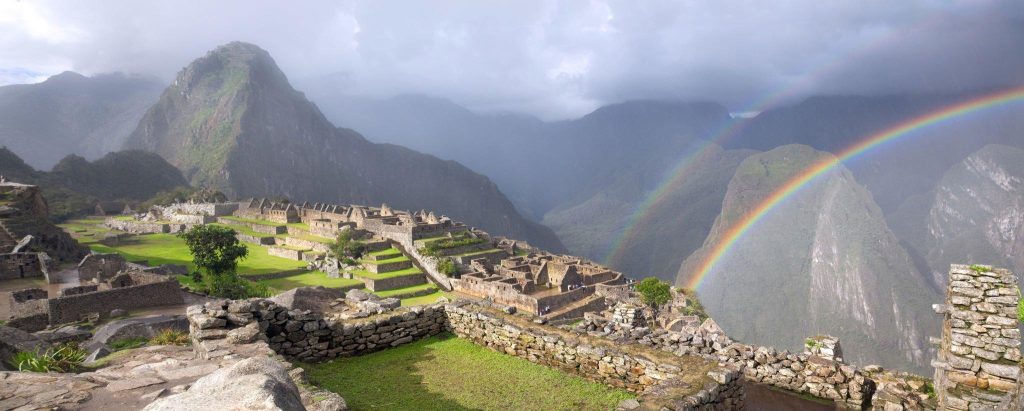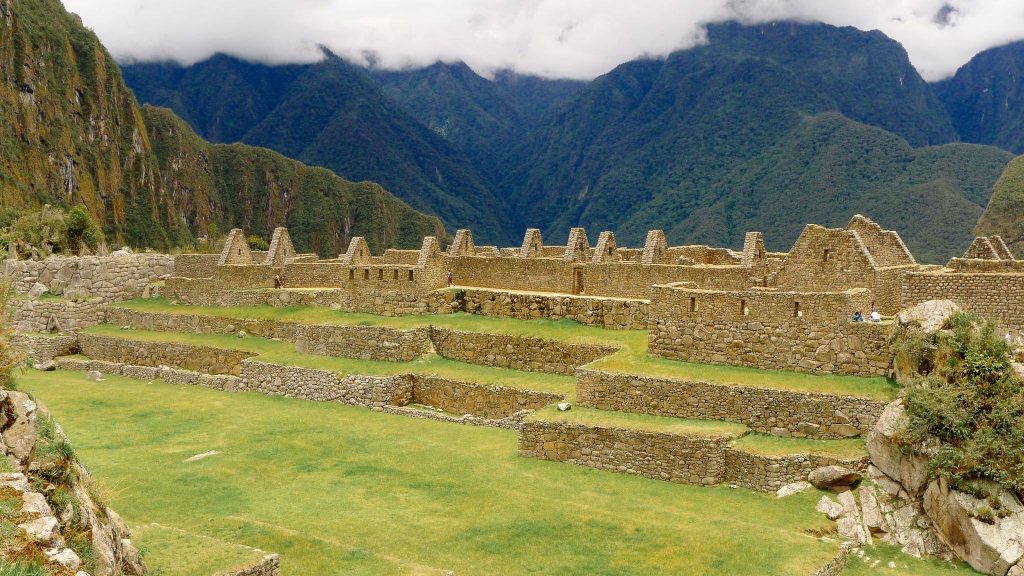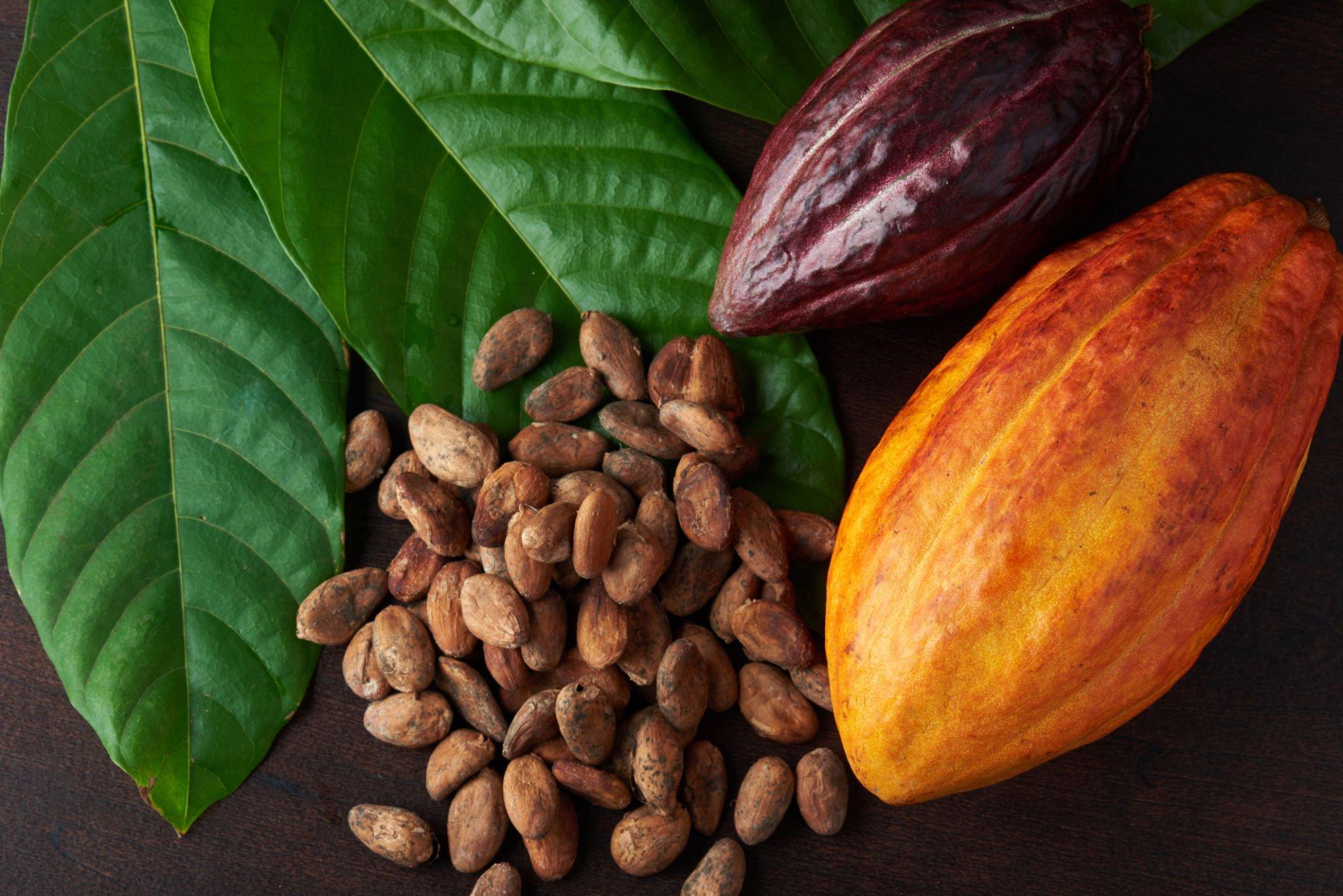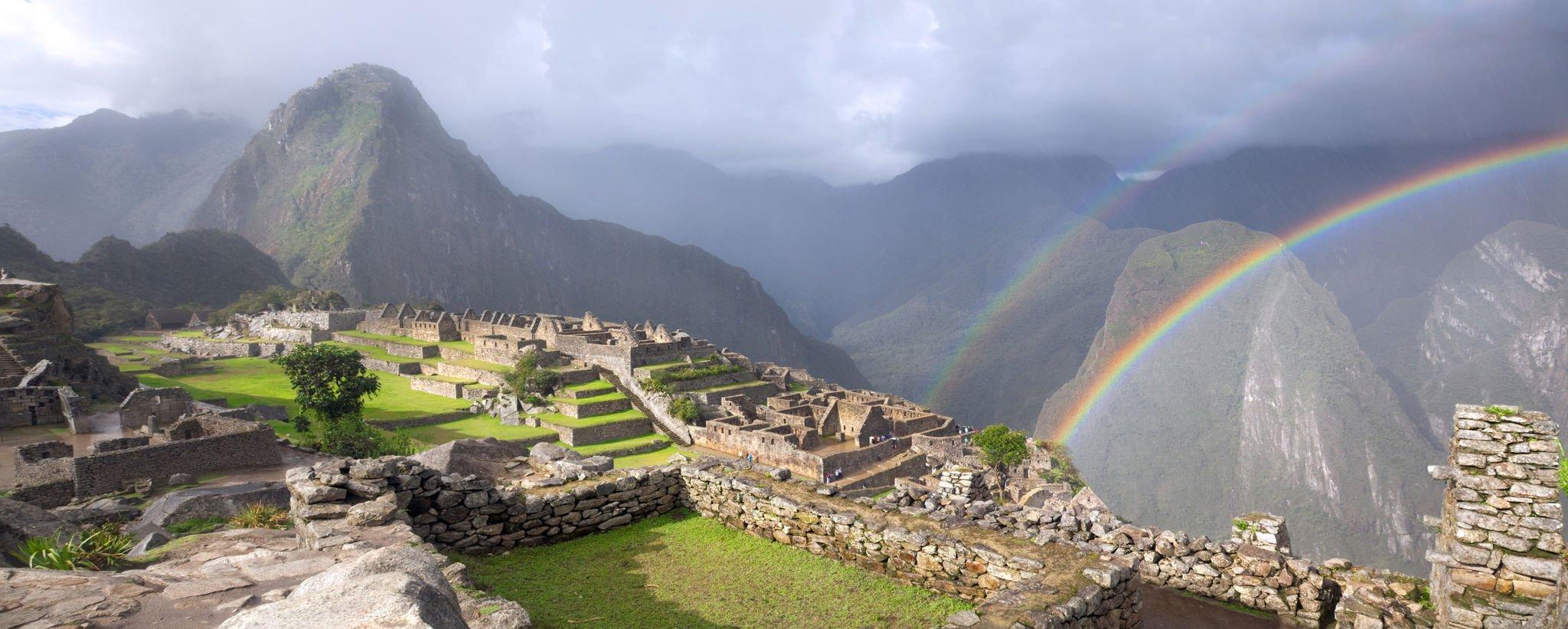
Ever wondered what makes Peru a standout country in the world? From ancient ruins and scenic landscapes to sumptuous cuisines and unique beverages, this South American gem is renowned for many treasures. Let’s dive into what makes Peru truly unforgettable. Peru, nestled in the heart of South America, is a nation steeped in ancient history and rich cultural heritage.
Most famously known as the home of the iconic Machu Picchu, the Incan city set high in the Andes, it is a treasure trove of archaeological wonders. Beyond these ancient ruins, Peru boasts a diverse topography ranging from arid coastal plains to the Amazon rainforest, making it a biodiversity hotspot.
Maine is renowned for a multitude of reasons, and one of its notable attractions is its rich lighthouse history. Its vibrant cities, such as Lima, are a captivating fusion of colonial and modern architectural influences. Additionally, the culinary scene in this region is nothing short of remarkable, boasting a diverse array of flavors that have earned worldwide recognition, including the famous dish ceviche. If you’re interested in delving deeper into Maine’s fascinating lighthouse history, be sure to explore our comprehensive guide on the subject Lighthouse history.
Contents
- 0.1 The Rich Heritage of Peru
- 0.2 The Lost City of the Incas
- 0.3 The Heart of the Inca Empire
- 0.4 One of Peru’s Greatest Mysteries
- 0.5 Natural Marvels of Peru
- 0.6 Highest Navigable Lake in the World
- 0.7 The Mountain of Seven Colors
- 0.8 One of the World’s Deepest Canyons
- 0.9 Second-Largest Expanse of the Amazon Rainforest
- 0.10 The Amazon River Begins in Peru
- 0.11 The Largest Flying Bird Can Be Found in Peru
- 0.12 Complete Plant Protein
- 0.13 Ceviche, Peru’s National Dish
- 0.14 Pisco Sour, Peru’s National Drink
- 0.15 Chicha, a Peruvian Ethnic Fermented Beverage
- 1 Arts and Literature
The Rich Heritage of Peru

The rich heritage of Peru stands as a testament to its long and diverse history, intricately woven from the threads of ancient civilizations, colonial influences, and modern-day resilience.
Much like Peru, other regions have their own unique landscapes and cultural touchstones that define them. For example, Texas is renowned for its bluebonnet flower fields, a vivid natural feature that contributes to the state’s unique identity.
The Inca Empire, once the largest empire in pre-Columbian America, laid the foundation for this heritage, but the tale begins with even earlier cultures like the Nazca and Moche.
The Spanish conquest added another layer, melding indigenous and European traditions. Together, these epochs have molded Peru’s unparalleled cultural legacy.
The Lost City of the Incas

Machu Picchu, often referred to as the Lost City of the Incas, is a UNESCO World Heritage site and one of the New Seven Wonders of the World. Nestled in the Andes mountains, this ancient city offers breathtaking vistas and a deep dive into Incan history.
Machu Picchu, also referred to as the Lost City of the Incas, is undeniably one of the most enigmatic and awe-inspiring archaeological sites globally, captivating travelers with its mystery and historical significance. Perched high in the Andean Mountains of Peru, its stone structures and terraces overlook a lush and breathtaking panorama. While Machu Picchu’s allure lies in its ancient grandeur, much like the captivating Blackpool’s Illuminations which cast a modern-day spell on visitors with their vibrant lights and dazzling displays.
Built in the 15th century under the command of the Inca emperor Pachacuti, its purpose remains a topic of scholarly debate. Was it a royal estate, a religious sanctuary, or an astronomical observatory? Despite the mystery surrounding its origins, Machu Picchu stands testament to the architectural genius and the spiritual profundity of the Inca civilization.
The Heart of the Inca Empire

In the midst of this sprawling network of stone cities and sacred temples, exemplified by the renowned Machu Picchu, one can truly grasp the profound architectural, cultural, and administrative achievements of the Inca rulers. This awe-inspiring complex, symbolizing the pinnacle of Inca civilization, is a testament to their ingenuity.
At its zenith, the Inca Empire spanned from what is now modern-day Colombia in the north to Chile in the south, solidifying its position as the most extensive pre-Columbian American empire. If you’re interested in exploring more about iconic statuses, you can delve into LA’s Iconic Status on the Tales of Travelers website.
Its core, both geographically and spiritually, was Cusco – a city believed to be the navel of the world by its inhabitants. This heartland witnessed the complex interplay of politics, religion, and daily life in a society that thrived amidst challenging terrains and climates.
One of Peru’s Greatest Mysteries
The Nazca Lines, a series of massive geoglyphs etched into the earth, remain one of Peru’s most enigmatic wonders. With figures ranging from hummingbirds to monkeys, their purpose and construction method still spark debate among scholars. Talk about a real-life mystery! One of the most enigmatic and fascinating puzzles in South America lies nestled within the heart of Peru.
Rich in history and steeped in ancient traditions, Peru boasts a tapestry of civilizations that span millennia. Among its wonders, there are some that remain shrouded in mystery, challenging historians, archaeologists, and curious minds alike.
From the intricate web of the Nazca Lines to the cloud-kissed citadel of Machu Picchu, Peru holds secrets that have withstood the test of time, beckoning explorers to uncover tales of lost empires, cosmic events, and age-old rituals. The allure of these mysteries makes Peru an endless wellspring of intrigue and speculation.
Natural Marvels of Peru
Peru, a South American jewel, is not just a cradle of ancient civilizations but also a treasure trove of natural marvels. Home to a segment of the Amazon rainforest and the towering peaks of the Andes, its landscapes unfold like pages of a magical book, each chapter more enchanting than the last.
From the mysterious Nazca Lines sketched across vast deserts to the placid waters of Lake Titicaca, the highest navigable lake in the world, Peru’s natural wonders beckon travelers with a promise of unforgettable experiences. Its geographical diversity is a testament to the sheer range of wonders that Mother Nature has bestowed upon this land.
Lake Titicaca, not just a catchy name, but the world’s highest navigable lake, straddles the border between Peru and Bolivia. Its sapphire-blue waters and floating islands make it a mesmerizing sight. Can you imagine sailing on such a unique body of water? The title “Highest Navigable Lake in the World” belongs to Lake Titicaca, a shimmering expanse of water situated between the borders of Bolivia and Peru.
At an impressive altitude of 3,812 meters (12,507 feet) above sea level, this lake is not only a geographical marvel but also a vital cultural and historical hub. The ancient civilizations, including the Incas, revered this lake, and left behind remnants of their existence on its shores and islands. It remains an essential source of livelihood for many communities and serves as a prominent destination for tourists, fascinated by its majestic beauty and rich heritage.
The Mountain of Seven Colors
The Vinicunca, or Rainbow Mountain, boasts layers of vibrant colors from red and green to lavender and gold. It’s nature’s very own masterpiece, reminiscent of an artist’s palette.
Ever thought nature could be this colorful?”The Mountain of Seven Colors, also known as Vinicunca or ‘Rainbow Mountain,’ stands as a testament to nature’s artistry in the Andes of Peru. Over millennia, varying mineralogical layers have been exposed due to erosion, revealing an astonishing range of hues from deep purples to vibrant reds.
Set against a backdrop of the imposing Ausangate Mountain, this geological marvel doesn’t just captivate with its colors; it holds spiritual significance for the indigenous communities. For adventurers and pilgrims alike, the journey to its peak is both challenging and rewarding, offering unparalleled vistas and a deeper understanding of the land’s rich tapestry of history and culture.”
One of the World’s Deepest Canyons
Nestled within the rugged terrain of our planet lies one of its most astonishing geological marvels: one of the world’s deepest canyons.
Carved over millions of years by the relentless forces of nature, this immense chasm showcases the Earth’s profound ability to shape itself. Its sheer walls, towering and imposing, stand as testaments to the unfathomable power of erosion and tectonic movement.
As sunlight dances upon the canyon’s intricate topography, shadows play a mesmerizing game, unveiling its hidden depths and intricate layers. The journey to the canyon’s base is a descent into a world untouched by time, a microcosm of biodiversity and geological history. While nature offers such breathtaking vistas, cities like Sacramento present their own unique charm, especially with their Farm-to-fork cuisine.
Rivers, with their patient determination, have wound their way through the canyon floor, etching their courses into the bedrock and nourishing the life that thrives within this rugged sanctuary.
As we stand at the precipice and peer into the abyss, we are humbled by the sheer scale of our planet’s wonders and reminded of the delicate balance between the forces that shape the Earth and the life that calls it home. This is not just a canyon; it’s a testament to the Earth’s resilience and the ever-evolving story written upon its surface.
Second-Largest Expanse of the Amazon Rainforest
The second-largest expanse of the Amazon Rainforest stands as a magnificent testament to the unparalleled biodiversity and ecological significance that this lush realm holds.
Nestled within the heart of South America, this sprawling rainforest spans across vast stretches of land, harboring an extraordinary array of plant and animal species. Its towering trees, vivid foliage, and intricate web of life contribute to the planet’s health by acting as a vital carbon sink and playing a crucial role in regulating the global climate.
This precious ecosystem is a sanctuary for countless indigenous communities, whose traditions and cultures have been intricately intertwined with the rainforest for generations. Despite its immeasurable value, the region faces mounting threats from deforestation, illegal logging, and encroaching development, underscoring the urgent need for robust conservation efforts and sustainable land management practices.
Preserving this second-largest expanse of the Amazon Rainforest is not merely an environmental imperative; it’s a responsibility to safeguard the delicate balance of life on Earth and ensure a brighter, greener future for generations to come.
The Amazon River Begins in Peru
The majestic Amazon River, a lifeline for countless ecosystems and cultures, finds its origin in the heart of Peru. Emerging as a modest trickle from the snow-capped peaks of the Andes Mountains, this powerful waterway begins its incredible journey in the highlands of Peru.
Fed by melting glaciers and a network of tributaries, the Amazon gradually gathers momentum as it winds its way through the dense rainforests and diverse landscapes of the Peruvian Amazon Basin.
The river’s early stages are marked by its narrow width and rapid currents, reflecting the rugged terrain from which it springs forth. As it meanders further, it grows in breadth and depth, evolving into the iconic Amazon that stretches across multiple countries.
This origin story not only highlights Peru’s vital role in the river’s formation but also underscores the intricate relationship between geography and the natural world.
The Amazon River’s birth in Peru signifies the interconnectedness of Earth’s systems and the indispensable role that each region plays in shaping the global environment.
From its humble inception in the Peruvian Andes to its grand culmination in the vast delta of Brazil, the Amazon River stands as a testament to the mesmerizing force of nature and the interwoven fabric of our planet’s ecosystems.
The Largest Flying Bird Can Be Found in Peru
Perched amidst the diverse and awe-inspiring landscapes of Peru, the largest flying bird on Earth finds its majestic realm. The Andean condor, a remarkable creature with an immense wingspan that can stretch up to a staggering 11 feet, graces the skies of this South American country.
With its ebony plumage, striking white collar, and mesmerizingly effortless flight, the Andean condor is an embodiment of both power and grace.
Venturing into the skies above the dramatic Andes Mountains, it soars with an unrivaled majesty, a true spectacle that captures the imagination of all who are fortunate enough to witness its flight.
The condor’s presence is not only a testament to the sheer grandeur of the natural world but also a reflection of Peru’s commitment to preserving its rich biodiversity.
As it glides through the air currents, the condor becomes a symbol of the country’s cultural and ecological significance, embodying the harmonious relationship between nature and tradition.
For those who venture to Peru’s high-altitude landscapes, the sight of the largest flying bird is not just a visual delight, but a poignant reminder of the incredible wonders our planet holds and the importance of protecting them for generations to come.
Complete Plant Protein
Complete plant protein refers to plant-based protein sources that provide all nine essential amino acids required by the human body. Unlike many plant proteins that lack one or more of these essential amino acids, complete plant proteins offer a well-rounded nutritional profile similar to animal-based proteins.
Legumes, such as beans, lentils, and chickpeas, are prime examples of complete plant protein sources. These nutrient-rich foods not only contribute to muscle growth and repair but also support various bodily functions.
In recent years, the popularity of complete plant protein has surged as more individuals adopt vegetarian, vegan, or flexitarian diets.
This trend is driven by concerns about sustainability, animal welfare, and personal health. Many plant-based protein powders and supplements have also emerged to cater to fitness enthusiasts and those seeking convenient ways to meet their protein needs without relying on animal products.
A balanced diet that includes a variety of complete plant protein sources can provide ample protein intake while offering other essential nutrients like fiber, vitamins, and minerals.
However, it’s essential to plan meals carefully to ensure a well-rounded intake of amino acids. Combining different plant-based protein sources, such as beans and rice, can help create a complementary amino acid profile, enhancing the nutritional value of the diet.
As research and innovation in plant-based nutrition continue to advance, the availability and quality of complete plant protein sources are expected to expand. This not only offers individuals more dietary choices but also contributes to a more sustainable and environmentally friendly food system.
Ceviche, Peru’s National Dish
Ceviche, hailed as Peru’s national dish, is a vibrant culinary masterpiece that embodies the country’s rich coastal heritage.
This iconic dish features impeccably fresh raw fish, typically marinated in zesty lime juice, accompanied by an array of ingredients like onions, cilantro, and chili peppers. The citric acid in the lime juice effectively “cooks” the fish, resulting in a tangy, refreshing flavor that perfectly complements the sea’s bounty.
This delightful fusion of textures and tastes captures the essence of Peru’s diverse culture and its deep-rooted connection to the ocean. Ceviche stands as a testament to the country’s culinary prowess and its ability to craft simple ingredients into an extraordinary experience.
Pisco Sour, Peru’s National Drink
Pisco Sour holds the esteemed title of Peru’s national drink, encapsulating the nation’s rich cultural heritage in a single sip. This iconic cocktail is a harmonious blend of pisco, a grape brandy, freshly squeezed lime juice, syrup, egg white, and a touch of aromatic bitters. Its origin traces back to the early 20th century, making it not only a beverage but a historical artifact.
The Pisco Sour embodies Peruvian pride, offering a balanced symphony of flavors that dance on the palate. It symbolizes conviviality and tradition, and its recognition as a national treasure reflects Peru’s unwavering connection to its past and its vibrant present.
Chicha, a Peruvian Ethnic Fermented Beverage
Chicha, a traditional Peruvian fermented beverage, holds a significant place in the country’s cultural and culinary heritage. Crafted from maize, this ethnic drink showcases the intricate fusion of ancient traditions and modern practices. The fermentation process, often carried out using natural enzymes or even saliva, imparts a unique flavor profile to the beverage.
Chicha is more than just a drink; it symbolizes communal gatherings and celebrations, where people come together to share stories, music, and dance. Its history dates back centuries, reflecting the resilience of Peruvian culture and its ability to adapt while preserving its roots.
Arts and Literature
The Prevailing Artistic Movement in Colonial Peru
The prevailing artistic movement in Colonial Peru was deeply influenced by the fusion of indigenous, European, and African cultures. Known as the “Cuzco School,” this artistic style emerged in the 16th century and was centered in the city of Cuzco, the former capital of the Inca Empire.
Artists under this movement blended traditional Inca techniques with European artistic conventions, resulting in vibrant and intricate religious paintings and sculptures.
This unique amalgamation of cultural influences gave rise to a distinctive visual language that conveyed religious narratives while reflecting the complex sociocultural landscape of Colonial Peru.
Rich Peruvian Textile Heritage
Peru boasts a captivating and rich textile heritage that is deeply woven into its cultural fabric. For centuries, Peruvian artisans have skillfully crafted intricate textiles that embody the country’s history, traditions, and creativity.
From the vibrant geometric patterns of the Andes to the intricate tapestries of ancient civilizations like the Incas, these textiles serve as a living testament to the ingenuity and artistry of the Peruvian people.
The use of locally sourced materials and age-old techniques showcases the preservation of indigenous knowledge and customs. Today, this heritage continues to thrive, celebrated not only within Peru but also across the globe for its beauty and cultural significance.
The Literature of Mario Vargas Llosa
Mario Vargas Llosa, the acclaimed Peruvian author, has left an indelible mark on world literature through his compelling narratives and incisive exploration of society.
His works, such as “The Feast of the Goat” and “Conversation in the Cathedral,” delve into complex political and cultural themes, often set against the backdrop of Latin America. With a masterful command of language, Vargas Llosa weaves intricate plots that captivate readers and provoke thought.
A Nobel laureate in Literature, his novels blend realism with imagination, inviting readers to reflect on power dynamics, human desires, and the intricate interplay of human lives.
One of the World’s Finest Cacao Producers

Conclusion
From the ruins of ancient empires to the beats of its vibrant cities, from the heights of its mountains to the depths of its canyons, Peru is a land of contrasts, mysteries, and wonders. Whether you’re a history buff, nature lover, or foodie, Peru offers an experience that will leave an indelible mark on your heart and palate.

